To secure a mortgage pre-approval, start by gathering essential documents like pay stubs, W-2s, and bank statements. Check your credit score and verify it’s at least 620, while maintaining a low debt-to-income ratio (ideally under 36%). Compare lenders, focusing on interest rates, terms, and customer reviews. Submit your application, undergo a credit check, and await the lender’s review. Once pre-approved, receive a letter specifying your loan amount. Understanding these steps guarantees a smoother journey toward homeownership.
Key Takeaways
- Gather essential financial documents such as pay stubs, bank statements, and tax returns for the pre-approval application.
- Review and improve your credit score to meet lender requirements, ideally above 620 for mortgage qualification.
- Compare interest rates, terms, and reputations of multiple lenders to find the best pre-approval offer.
- Submit the pre-approval application and undergo a hard credit check, which may temporarily impact your credit score.
- Receive a pre-approval letter specifying your loan amount and terms, valid for 60 to 90 days.
Gather Required Documentation
Start by gathering essential documentation to streamline the pre-approval process for your home loan. You’ll need to verify your income using recent pay stubs, W-2 forms, and bank statements. Self-employed applicants must provide two years of tax returns, including 1099s, to demonstrate income consistency. Lenders will review your financial situation using these documents, guaranteeing transparency in your assets and earnings. Prepare a detailed list of debt payments, including monthly obligations and outstanding balances, to calculate your debt-to-income ratio accurately. You’ll also need to explain large deposits in your bank statements, such as gift funds or asset sales, to comply with regulatory requirements. Include identification documents like a driver’s license or Social Security card to validate your identity. Credit reports will be pulled by lenders to assess your creditworthiness. Submitting complete and accurate records upfront expedites your loan application and strengthens your preapproval chances. Organizing these materials guarantees efficiency and compliance with lender requirements.
Understand Your Financial Situation
Before beginning the pre-approval process, it’s essential to thoroughly assess your financial standing to guarantee you meet lender prerequisites. Start by reviewing your credit score, as lenders typically require a minimum of 620 for mortgage qualification. Your credit score directly impacts your eligibility and interest rates. Next, calculate your debt-to-income ratio (DTI); lenders prefer a DTI of 36% or lower, including all monthly debt obligations. Understanding your DTI helps you determine if adjustments are needed to align with lender expectations. Additionally, gather all necessary personal information and documentation, such as Social Security numbers, employment details, and bank statements, to streamline the preapproval process. This preparatory step guarantees a realistic budget and minimizes delays. Below is a table summarizing key aspects to assess:
| Aspect | Details | Lender Requirements |
|---|---|---|
| Credit Score | Minimum 620 | Mortgage qualification |
| Debt-to-Income Ratio | ≤36% preferred | Loan eligibility |
| Documentation | Bank statements, employment records | Preapproval verification |
| Personal Information | SSN, tax returns | Identity and income proof |
| Budget Assessment | Determine affordability | Financial stability |
Check and Improve Your Credit Score

To begin improving your credit score, review your free credit report from annualcreditreport.com to identify inaccuracies or outdated information that could negatively impact your score. Check your credit report thoroughly for discrepancies such as incorrect account details, erroneous late payments, or fraudulent activity. Dispute any errors directly with the credit bureaus to guarantee corrections are made promptly. Focus on maintaining a low credit utilization ratio, ideally below 30%, by keeping credit card balances well below their limits. Prioritize your payment history, which constitutes 35% of your FICO score, by consistently paying bills on time. These steps enhance your creditworthiness, which is critical for mortgage qualification and other financial decisions. Aim for a credit score of at least 620 to meet lender requirements. Regularly monitor your credit scores to track progress and address issues proactively. By adhering to these practices, you’ll improve your credit and strengthen your financial profile.
Research and Compare Lenders
Compare interest rates and terms across multiple lenders, as variations can impact your long-term financial obligations. Assess lender reputations and reliability by reviewing customer feedback on platforms like Zillow or LendingTree. Confirm the lender’s communication aligns with your needs to facilitate an efficient preapproval process.
Lender Rate Comparison
Researching three to five lenders allows you to thoroughly compare interest rates, fees, and loan terms, which directly influence your mortgage’s overall cost. Start by gathering quotes from multiple lenders to evaluate how their offers align with your financial goals. Use online comparison tools to analyze loan options side-by-side, focusing on the annual percentage rate (APR) rather than just the interest rate, as APR includes additional costs for a clearer picture. Inquire about lender-specific programs, such as first-time homebuyer assistance, which may reduce fees or improve terms. Assess customer service and responsiveness during the process, as a supportive lender guarantees a smoother preapproval process. By meticulously comparing lenders, you can secure favorable loan terms and make informed decisions tailored to your needs as a homebuyer.
Terms Evaluation Criteria
When evaluating lenders, you’ll need to scrutinize their terms systematically to confirm they align with your financial objectives. Start by comparing mortgage rates across mortgage lenders, as even a slight variation can considerably impact the cost of your home purchase over the loan term. Assess lender fees, including origination and closing costs, which vary widely and affect affordability. Make sure their loan programs, such as conventional, FHA, or VA loans, match your needs. Verify the preapproval process timeline, as swift responses can be critical in competitive markets. Additionally, confirm whether the lender conducts a soft credit inquiry initially to avoid unnecessary credit score impacts. A clear understanding of these criteria guarantees you secure a preapproval letter that positions you strongly in the homebuying process.
Reputation and Reliability
As you seek a mortgage lender, evaluating their reputation and reliability is essential to ensuring a smooth borrowing experience. Start by researching lender reputation through online reviews on platforms like Zillow and Google, and check their Better Business Bureau profiles for unresolved complaints. Customer service ratings play a critical role; assess their responsiveness and transparency in disclosing fees and loan terms. Utilize the CFPB’s resources to verify financial reliability and understand the mortgage process. Consult real estate agents or individuals with recent personal experiences for firsthand insights. Finally, obtain loan estimates from multiple lenders to compare interest rates, closing costs, and loan features. This thorough approach helps you identify a trustworthy lender offering competitive terms, minimizing risks in your borrowing experience.
Submit a Preapproval Application

Before submitting a preapproval application, make certain you’ve gathered all essential financial documents, including recent pay stubs, W-2 forms, tax returns, and bank statements. These items help lenders use your financial profile to review your credit and assess your eligibility. Complete the application with accurate content, detailing your income, monthly debts, and assets. Submit a preapproval application through the lender’s online portal or in person, ensuring all fields are filled out correctly to avoid delays. Be aware that the lender will initiate a hard credit check, which may temporarily impact your credit score. This process allows them to evaluate your personal finance habits and determine your loan capacity. Once approved, you’ll receive a preapproval letter stating the loan amount you qualify for, which is valid for a specified period, typically 60 to 90 days. This letter strengthens your position when making an offer on a home.
Await Lender Review and Credit Check
After submitting your preapproval application, the lender begins a detailed review of your financial information. They verify your income, assets, and employment status to guarantee accuracy and reliability. A credit check is conducted to assess the borrower’s creditworthiness, which involves a hard inquiry that may temporarily lower your credit score. The lender evaluates your debt-to-income (DTI) ratio, aiming for a DTI below 36%, to determine your ability to manage monthly mortgage payments alongside existing debts. If discrepancies arise during the lender review, they may request additional documentation or clarification, which can delay the preapproval process. Once the review is complete and all conditions are satisfied, the lender issues a preapproval letter specifying the loan amount you qualify for. This letter is typically valid for 60 to 90 days and is a critical step in the preapproval process.
Receive Your Preapproval Letter

Upon completing the review of your financial information and credit check, your lender will issue a preapproval letter specifying the loan amount you qualify for and the applicable terms. This letter remains valid for 60 to 90 days, during which you should maintain financial stability to avoid jeopardizing final approval. After receiving the letter, begin searching for properties within your approved budget and prepare to submit offers with enhanced credibility.
Letter Issuance Details
Once your lender has reviewed your financial documentation and credit history, they’ll issue a preapproval letter specifying the loan amount you qualify for, typically valid for 60 to 90 days. This document formally confirms your borrowing capacity, strengthening your position during the homebuying process. The preapproval letter is conditional, meaning final loan approval depends on further verification of your financial status and the property’s details. Processing speed varies across lenders, but issuance generally occurs within a few days to a week after submitting all required documents. If the letter expires, you’ll need to provide updated financial documentation for reissuance. Understand that this letter isn’t a guarantee of final loan approval but a preliminary assessment based on the lender reviews of your current financial situation. Keep it handy when making offers to demonstrate your credibility.
Validity Period Explained
Because the validity period of a preapproval letter is typically limited to 60 to 90 days, you must verify your home search aligns with this timeframe. The duration is determined by the lender’s policies, which reflect the volatility of financial information and credit profiles. If the preapproval letter expires before you make offers, you may need to reapply, triggering a new credit check and updated financial documents. Lenders often re-evaluate your financial standing to confirm eligibility. To avoid complications, communicate with your lender to confirm the specific validity period and any conditions that could affect it. Plan your home search strategically to act within this period, verifying your preapproval remains valid when you’re ready to submit an offer. Failure to adhere to the expiration timeline may delay or disrupt the homebuying process.
Next Steps After Receipt
With your preapproval letter in hand, you’re ready to begin house-hunting within the 60 to 90-day validity period. Use the letter to demonstrate you’re a serious buyer, strengthening your offers. Monitor mortgage rates closely, as they fluctuate, and consider locking in favorable terms before submitting an offer. Keep your lender informed of any changes in your financial situation, as this could impact your mortgage application. Prepare for the official mortgage application by organizing necessary documentation, including updated income verification and asset information.
| Action | Purpose |
|---|---|
| Begin house hunting | Identify potential properties |
| Monitor mortgage rates | Secure favorable terms |
| Inform lender of changes | Maintain accuracy in financial status |
| Organize documentation | Streamline the application process |
| Submit updated income/assets | Guarantee compliance with lender requirements |
Act on Your Preapproval in the Homebuying Process
Your preapproval letter is a critical tool in the homebuying process, establishing your financial credibility and defining your budget parameters. Upon getting preapproved, you’ll receive a preapproval letter stating the loan amount you qualify for, typically valid for 60-90 days. Use this document as leverage when making offers on homes, as sellers prioritize home buyers with confirmed financial readiness.
- Stay in communication with your lender throughout the mortgage preapproval process to address any changes in your financial situation.
- Monitor mortgage rates closely to guarantee you’re prepared for fluctuations that could impact affordability.
- Submit your preapproval letter with every offer to strengthen your position in competitive markets.
- Expedite the overall financing process by acting swiftly once you identify a suitable property.
Conclusion
Steering through the pre-approval process requires meticulous preparation yet rewards you with clarity and confidence. You gather documents, assess finances, and scrutinize credit scores, but the payoff comes when lenders validate your readiness. Researching lenders feels overwhelming, yet submitting your application shifts the burden to them. Waiting for their review is nerve-wracking, but the preapproval letter empowers you to act decisively in the competitive homebuying process, turning effort into opportunity.




